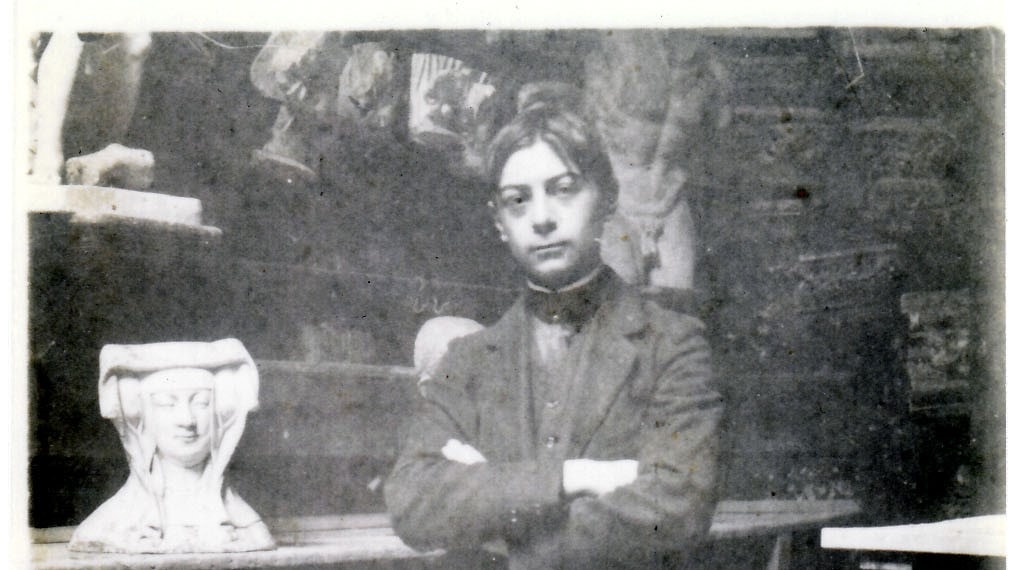
André-Vincent BECQUEREL
André-Vincent Becquerel’s origins are relatively unknown, except that he was born November 30, 1893, in Saint André Farivilliers in the Oise Valley to a family of celebrated scientists. Notable among his family members is Henri Becquerel, the co-inventor of radioactivity and winner of the 1903 Nobel Prize for physics. André-Vincent’s artistic temperament and attraction to sculpture manifested itself as early as his childhood. He took figure-sculpting classes from Hector Lemaire (1846-1924) and studied animal sculpture with Prosper Lecourtier (1855-1933) and Charles Valton (1851-1918); Becquerel later dedicated himself exclusively to animal sculpture. He was 21 years old the first time he exhibited his work at the Salon des Artistes Français.
His artistic production was interrupted during World War I, when he was drafted into the aviation unit. Later, he created a monument in Saint-Valery (Caux) to honor Costes and Bellonte, the aviators who crossed the Atlantic. Becquerel created another monumental construction for the Universal Exposition of 1937.
He reappeared at the Salon in 1921 with his first animal sculpture, Un Vieux Gardien (Berger d’Alsace) (An Old Watchman: Alsatian Sheepdog), and at the Salon of 1922 he exhibited Petit Chat in stone; both works have disappeared. Conscious of Bequerel’s talent, the Maison Susse contacted him and signed him to an edition contract for several models. In the 1930s, he aligned himself with the Maison Etling, for which he created several polychromatic statuettes in the spirit of Chiparus composed of ivory, enamel and gold highlights, like La Vénitienne. He also created ceramic editions of Breton figurines. Otherwise, Becquerel reproduced and issued his own animal sculptures, like the majority of sculptors of his time, and he regularly presented his new bronze and marble creations at the Salon until 1954.
He made himself a specialist of the representation of birds posed delicately on branches, as well as of fish playing in the waves and between the algae—a more rare series that was quite successful. A member of the Salon des Artistes Français, Becquerel won the bronze medal at the Salon of 1944, the gold medal at the Salon of 1945 and the Prix d’Yser in 1952.
The composition of his works is evidence of simple design and architectural construction at the same time, which is the mark of powerful sculptors. Moreover, the details of the statues, the “sculpture of the surface” which is so important in animal sculpture, inflates the volume that gives Becquerel’s bronzes—his big cats in particular—their astonishing presence. Like Barye, Guyot and Pompon, Becquerel’s works present a monumental character seen only in the sculpture of the greatest talents. Becquerel’s talent is more recognizable in his larger works, which are fairly rare in animal sculpture of the 20th century, and which made his sculptures seem even more approachable compared to the works of Bugatti and Pompon.
Becquerel’s most interesting editions are those that he issued himself. As for his examples, which were being produced in this time period, he created unjustified copies, but in editions which were usually numbered and limited by the artisanal character of his circulation.

